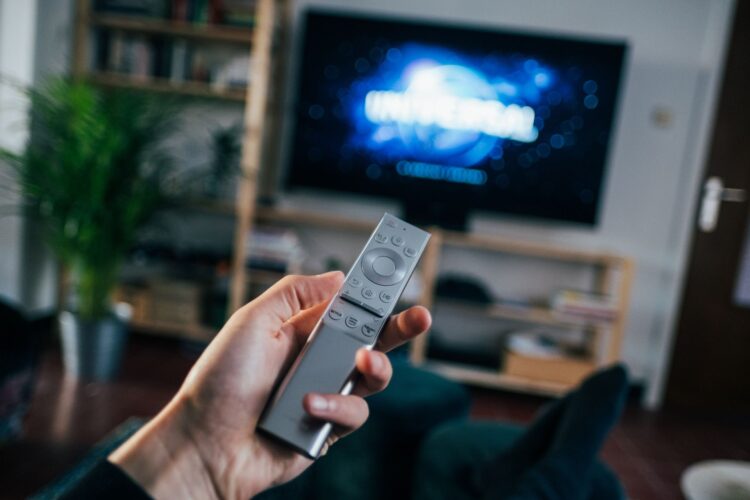In today’s world, a Smart TV has a place in many houses, providing entertainment and connectivity. While the visuals on these televisions have improved, the sound quality often leaves something to be desired. To truly develop your viewing experience, it’s crucial to adjust the sound on your Smart TV. In this post, we’ll explore some techniques and tips to help you achieve the best sound possible, ensuring that every dialogue, explosion, and musical score is delivered with clarity and impact.
The importance of sound quality
To appreciate the audio in your favorite movies, shows, or games, the significance of sound quality is important. The sound enhances the overall viewing experience, captivating you in the action and bringing scenes to life. Whether it’s a dialogue, impactful sound effects, or musical scores, every element contributes to the emotional connection and engagement with the content.
Choosing the right soundbar for your Smart TV
Investing in a qualified soundbar can enhance the audio output of your Smart TV. When selecting a soundbar, you can consider aspects like your room’s size, your budget, and the desired audio performance. Look for features like virtual surround sound and multiple connectivity options to reproduce deep bass. With a soundbar, you can enjoy a more vivid soundstage without the need for complex speaker setups.
Optimizing audio settings
Smart TVs ensure a range of audio settings that allow you to customize the sound according to your preferences. Start by accessing the audio settings menu on your TV and explore options like sound modes, equalizer settings, and dialogue enhancement. Experiment with different settings and find the combination that delivers the most balanced and nice sound output.
Speakers’ positioning and placement
If you want a more traditional speaker setup, it’s important to consider the positioning and placement of your speakers. Ideal speaker placement ensures that the sound is projected toward you, creating a focused audio experience. Position your speakers at ear level, angled towards the central viewing area, and experiment with their distance from the TV to achieve the best sound.
Reducing sound delay
One common problem for Smart TV users is TV sound delay, where the sound lags behind the visuals. This can be frustrating when watching action scenes or playing video games. To minimize sound delay, check for a “Game Mode” or “Audio Sync” option in your TV settings, as these features are designed to reduce the delay between audio and video. Additionally, connecting your TV to external audio devices like soundbars can also help lighten this issue.
Adjusting sound for different content types
Different types of content require different sound settings to optimize the audio experience. For example, dialogue-heavy TV shows may benefit from a “Clear Voice” or “Dialogue Enhancement” mode to ensure clear speech. On the other hand, action movies or games may benefit from a more dynamic sound profile with enhanced bass response and a wider soundstage. You can research various sound modes on your Smart TV and adjust them according to the content you’re watching or playing. In this way, you’ll choose the audio output to match the genre and mood of the content, resulting in a perfect experience.
Fine-tuning the equalizer settings
The equalizer settings on your Smart TV can be powerful in shaping the sound to your liking. Most TVs provide preset equalizer profiles such as “Music,” “Movie,” or “Sports,” but you can also delve into manual equalizer adjustments for more precise control. Boost or attenuate specific frequency ranges to emphasize or reduce certain aspects of the sound, such as enhancing vocals or reducing harsh treble. Experimentation is key here, as personal preferences for sound vary widely.
Utilizing surround sound systems
For those seeking a perfect audio experience, surround sound systems are an excellent choice. These systems include multiple speakers placed around the room to create a three-dimensional sound environment. By integrating rear speakers and a center channel along with the front speakers, surround sound systems provide a more realistic and enveloping audio experience. Many Smart TVs have built-in support for surround sound formats like Dolby Atmos or DTS:X, so ensure compatibility and consider investing in a surround sound system for a cinematic experience at home.
Incorporating wireless headphones for personalized sound
Sometimes, you may want to enjoy your Smart TV’s audio without disturbing others or simply prefer a more personal listening experience. Wireless headphones offer a convenient solution in such situations. Many Smart TVs have Bluetooth capabilities, allowing you to pair your wireless headphones directly with the TV. This way, you can enjoy your favorite content with enhanced privacy and customize the audio settings on your headphones to suit your preferences.





